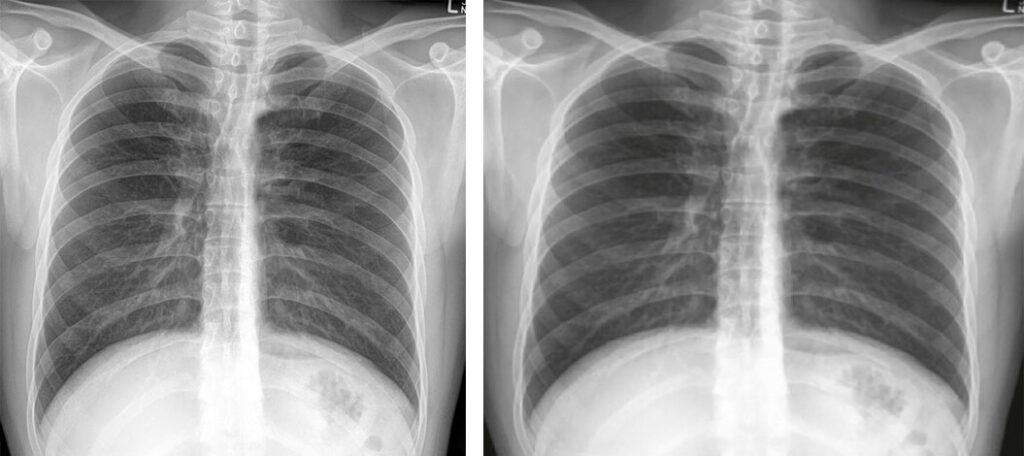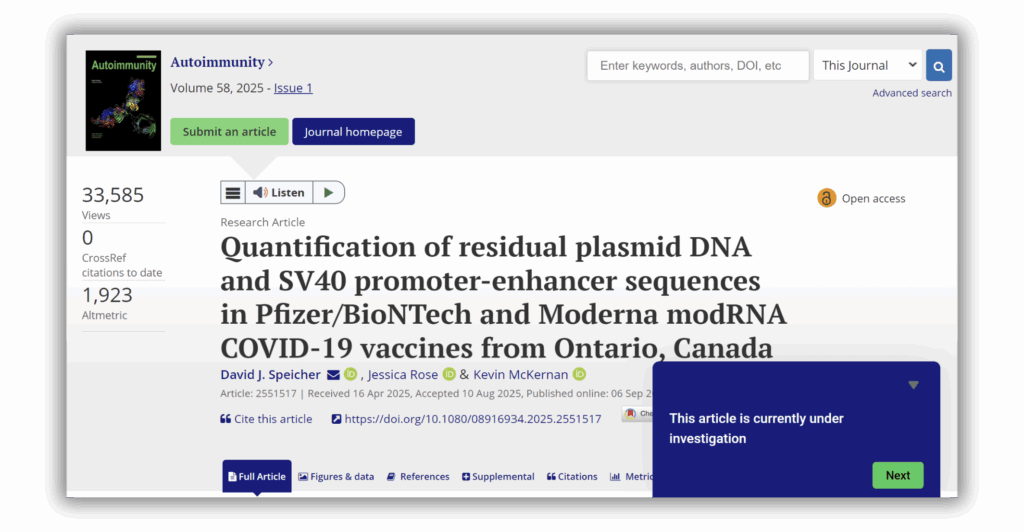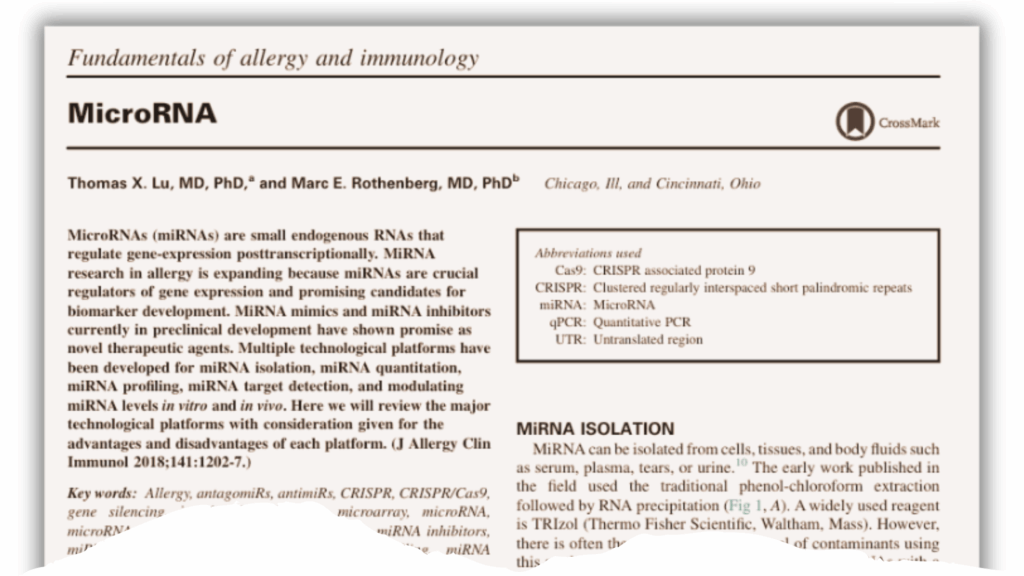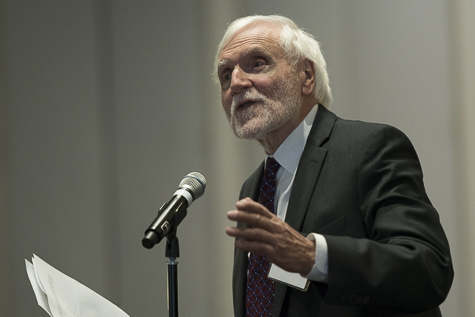
Just as The Wonderful Wizard of Oz was the first of 14 books in a series, our recent coverage of a paper on “Tin Man syndrome” seems to have sequels. After we wrote about a case study describing a man with his heart in his abdomen retracted for plagiarizing images from an April Fools’ joke, a reader flagged yet another paper using the same image.
As we previously reported, the authors of a “rare case report” appearing in Medicine claimed they had encountered a case of a man with asymptomatic “ectopia cordis interna,” in which his heart was in his abdomen. After the article was retracted, the corresponding author admitted the photos had been taken from a 2015 April Fools’ paper in Radiopaedia describing the same (fictitious) condition.
Following that coverage, a reader did a reverse image search of the X-ray in both papers and found a 2021 article from Scientific Programming, published by Wiley. The study recommends a non-conventional ventilation option for treating neonatal respiratory distress syndrome. The paper has been cited twice, according to Clarivate’s Web of Science.
Continue reading Second study using ‘Tin Man Syndrome’ X-ray under scrutiny following Retraction Watch inquiry






